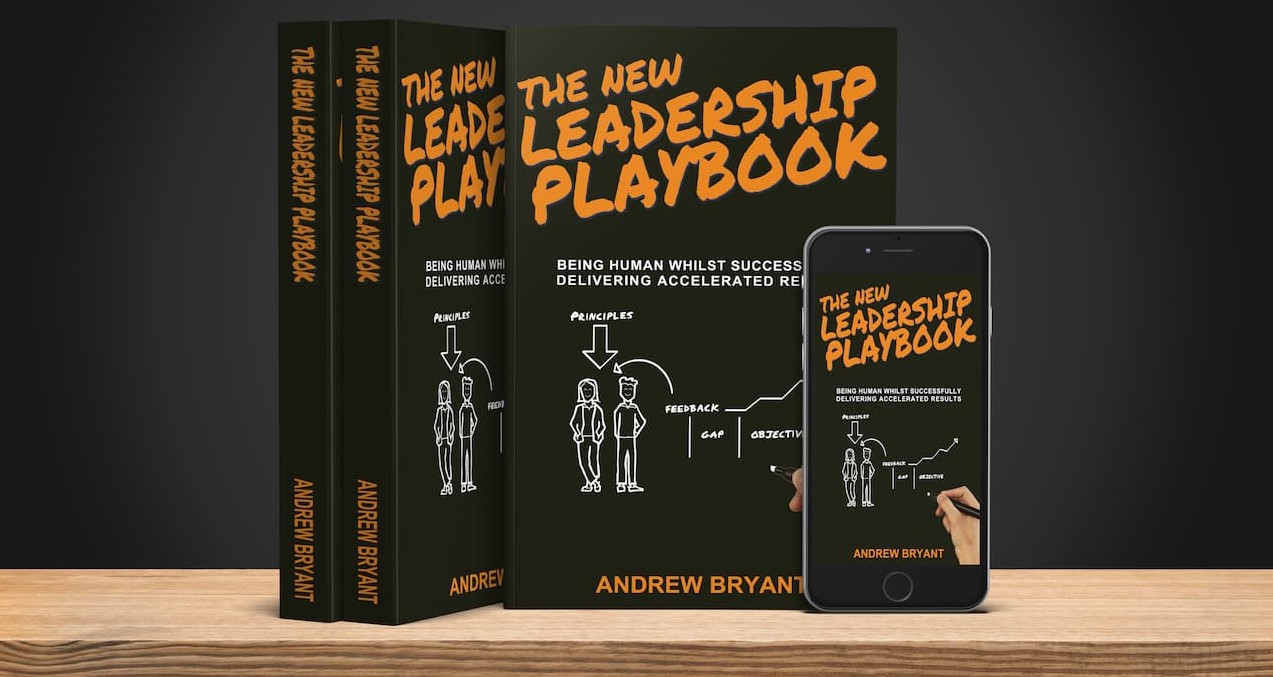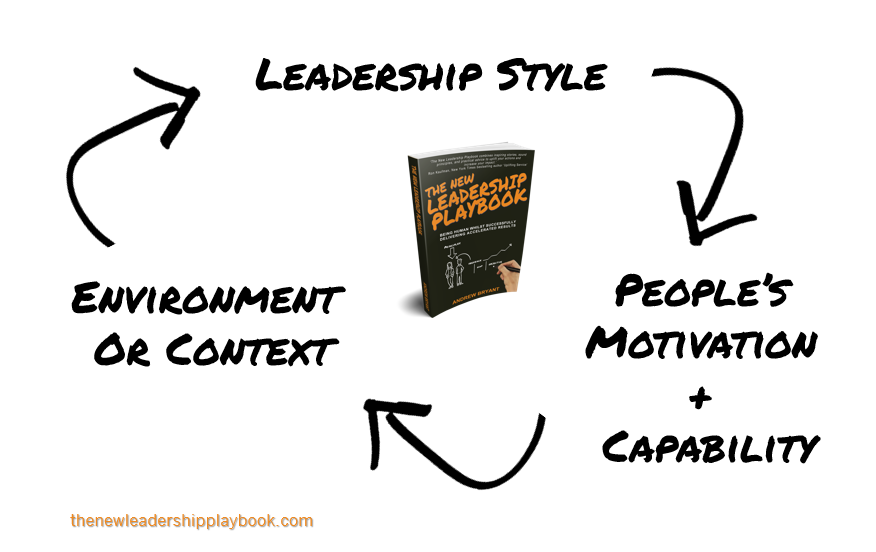Leadership Styles for the New Workplace
May 06, 2022
Imagine you are traveling on a plane, there's a loud bang, and the oxygen masks fall from the ceiling.
The pilot comes out of the cockpit and says either:
a) “Obviously there's a bit of a problem, can you get into small groups and discuss options, as I would like full buy-in before I make a decision.”
Or
b) “Ladies and gentlemen, put on your oxygen masks and remain calm; we are experiencing some difficulties but I will get us out of this”?
You chose b) right?
Clearly, in this situation, a crisis, a directive, or autocratic leadership style is appropriate and even appreciated.
At the start of the pandemic, I was coaching senior leaders to be more directive to give clear leadership and a sense that someone was in control - even if they were making adjustments on a daily basis.
Now, that we are used to living with Covid, and have adapted to a high level of autonomy with work-from-home, is a directive leadership style desirable or effective?
Leadership Styles
Effective leadership style depends on context, and the motivation and skills of the employees being led. Leaders in the workplace must therefore be more adaptable, to engage employees and get buy-in to achieve results.
House and Mitchell (1974) identified four main leadership styles to be effective in different contexts.
These are:
Directive: The Directive Leader typically tells their employees exactly what is wanted of them, how to reach the desired outcome, and when it should be met by. This leadership style is most effective when an organization is lacking in structure.
Supportive: The Supportive Leader is focused on the relationships they cultivate with their followers by showing concern and care for each individual they interact with. The application of this leadership style is most effective in more physically or psychologically challenging tasks.
Participative: Similarly to the Supportive Leader, the Participative Leader is also relationship-oriented and values the opinions of their followers considerably. This style is most effective when the leader has a strong sense of trust in the employee’s abilities.
Achievement: Like the Directive Leader, this style of leadership is task-oriented and has high expectations of their employees. This leader has trust and confidence in their employee's abilities to reach the goals set. It is most effective in well-established professional environments.
As a leader, you will of course feel that one kind of leadership is most comfortable for you, however, you must also learn to adapt to different situations you will face. Not every leader is able to make the shift between a tough, directive approach and a more compassionate, relationship approach.
The New Leadership Playbook
During the pandemic, I was asked to write a management playbook for one of my clients. I was coaching the CEO and the executive leadership team, but the Chief People Officer want to articulate and codify how frontline managers could lead effectively, in a rapidly changing environment.
I delivered twelve practical plays that could be used in a face-to-face or virtual environment, and that would build the culture of the organization. The New Leadership Playbook includes these twelve plays, plus seven leadership principles for being human whilst delivering accelerated results.
Early feedback for the book, is that it is timely because leaders need to build trust and relationships with employees, and companies are hungry for accelerated results.
Order now: Paperback or Kindle

Get a FREE Chapter of The New Leadership Playbook
Stay connected with news and updates!
Join our mailing list to receive the latest news and updates from our team.
Don't worry, your information will not be shared.
We hate SPAM. We will never sell your information, for any reason.


